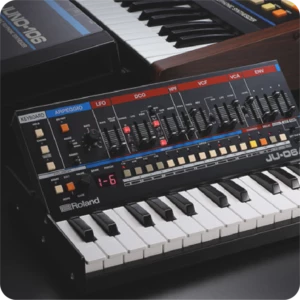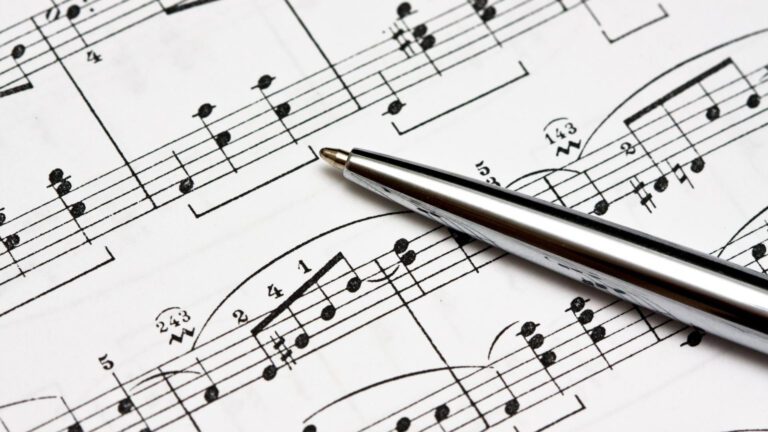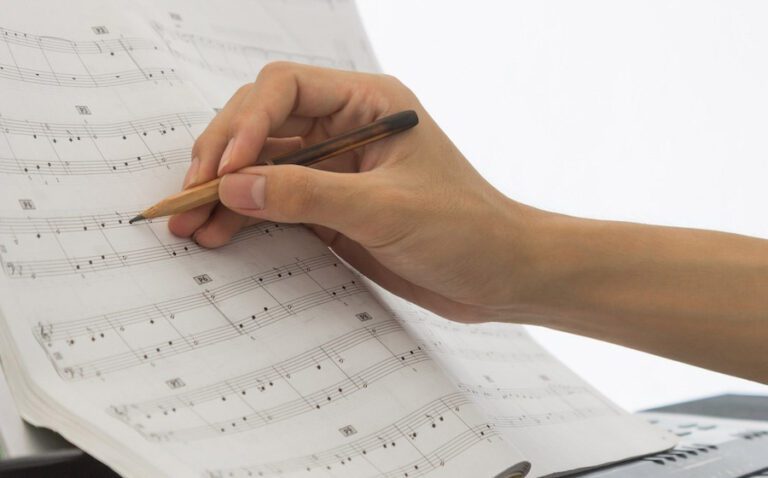[hfe_template id=’258′]

The Importance of and the Complex Process of Learning to Read Music for Beginners
Learning to Read Music for Beginners
Becoming a musician is like preparing pizza without the dough without knowing how to read music first. Okay, the metaphor might not be strong, but our logic is, and we’ll back it up in a minute.
A musician should know how to read music before creating it. It’s the foundation of music creation — just like the pizza dough (where else are you supposed to put all the ingredients?)
If you’ve ever been discouraged by learning to read music because of its complexity and have had trouble getting acquainted with music notes, beats per minute, and all that jazz, WE GET IT.
It takes work. It looks very complicated and leaves you needing clarification. That’s why the best music distribution services is here to tell you that it’s okay. We have put together this article for folks like you. With the help of this basic introduction to reading a music sheet and theory, you’ll at least have a good grasp of the basics in 10 minutes.
Get a kickstart to your music production and get SikkSounds premium sample packs online!
But before we get into it, we will throw a cheesy saying (no pun intended) at you: PRACTICE MAKES PERFECT.
There’s no use if you don’t plan on practicing what you learn today. Reading this article won’t be enough — if you want to learn, put everything mentioned here into practice.
The Basics of Learning Music Theory
Reading music can be broken down into two categories. It’s primarily concerned with Pitch and Rhythm.
Pitch – which notes to play
Rhythm – when to play those notes
Pitch & Rhythm
The pitch is relatively easy. Rhythm is where it gets tricky, and music notes come into play and confuse you: the note lengths, rest lengths, and all those dotted things.
Rhythm is what intimidates people. But to help you learn and get the hang of it faster, put a music sheet in front of you and play it. It’s hands down the fastest way to learn what rhythm is. It’ll help you get the rhythm a lot faster. While reading the music, you’ll quickly understand how the music should sound by looking at how the notes are spaced in the sheet.
Staff
The staff comprises four to five lines on the music sheet. Each line and space represents a different letter, and each letter is a different note. Lines and spaces denote the letter names for music notes from A through G, and the note sequence moves alphabetically up the staff.
Clefs
Clef is a musical indicator that shows which notes are depicted on the music sheet through lines and spaces. A clef on the sheet assigns a specific pitch to one of the five lines, defining the pitches on the remaining lines and spaces.
Treble Clef
The note G4 is encircled by the inner curve of the treble clef, which is formed like an ornate letter G and is hence known as the G Clef.
To remember the notes, learn this acronym:
EGBDF – Every Good Boy Does Fine
Bass Clef
The bass clef is shaped like an ornate letter F, with two dots known as F3 and nicknamed the F Clef.
To remember the notes, learn this acronym:
GBDFA – Good Boys Do Fine Always
Music Symbols
Sheet music contains many symbols that convey how a piece should be performed. The different characters used to represent various musical instruments add to the complexity of the process. Memorizing all of the musical symbols is another one of the most challenging components of learning to read music.
Knowing How to Read Music Opens a New World of Possibilities For You to Discover
If you’re still wondering, ‘Is learning to read music important for a musician?’ Then, we’ll go through it in greater detail.
Music is a language, and if you develop an understanding of it well enough, you will be able to think in it. You will improve as a musician when you learn to read music, and it will help you form a creative vision. Engaging with the intricacies of music notes and lyric writing is a great way to get your creative juices flowing.
To elaborate, here are a few points for your consideration.
Helps You Learn and Play Musical Instruments Better
First, it will help you play musical instruments of all types A LOT better. As a result, it will help you take your inspirations and use them in your music creations. Much of your work is inspired by borrowing, sampling, or interpolating songs you like into your own as a music lover or creator.
Still, without the ability to read sheet music, you’re not reaching your full creative potential and developing your ideas into fresh pieces of music. You’re stuck because you don’t know the first thing about what music notes, pitch, or rhythm the song you’re taking inspiration from is composed of — which is a significant drawback for you as a musician.
It would take a lot of time and effort to figure it out. But if you knew how to read music, you’d already be on your way to making your inspired music creation.
Diving Into Different Genres Easily
Learning to read music has the added benefit of speeding up the learning process for other musical genres. Reading and composing the musical notes of a piece of music is a talent that aids your understanding of music theory. You identify why you’re hearing what you’re hearing and comprehend the piece’s structure and how it is put together — allowing you to apply those concepts to other musical genres.
That’s all there is to it, in a nutshell. This information gave you a basic understanding of what theory is all about. If you decide to throw away the idea of learning to read music, we support that, too. Talent and creativity can come from anywhere.
You can still compose fantastic music with sample packs; there’s no better place to look than here! Everything you need is available on SikkSounds, from trap necessary bundles to beatmakers sample packs. Start making your music today with the help of these fantastic samples and quick loops packs from SikkSounds online.
[hfe_template id=’202′]






